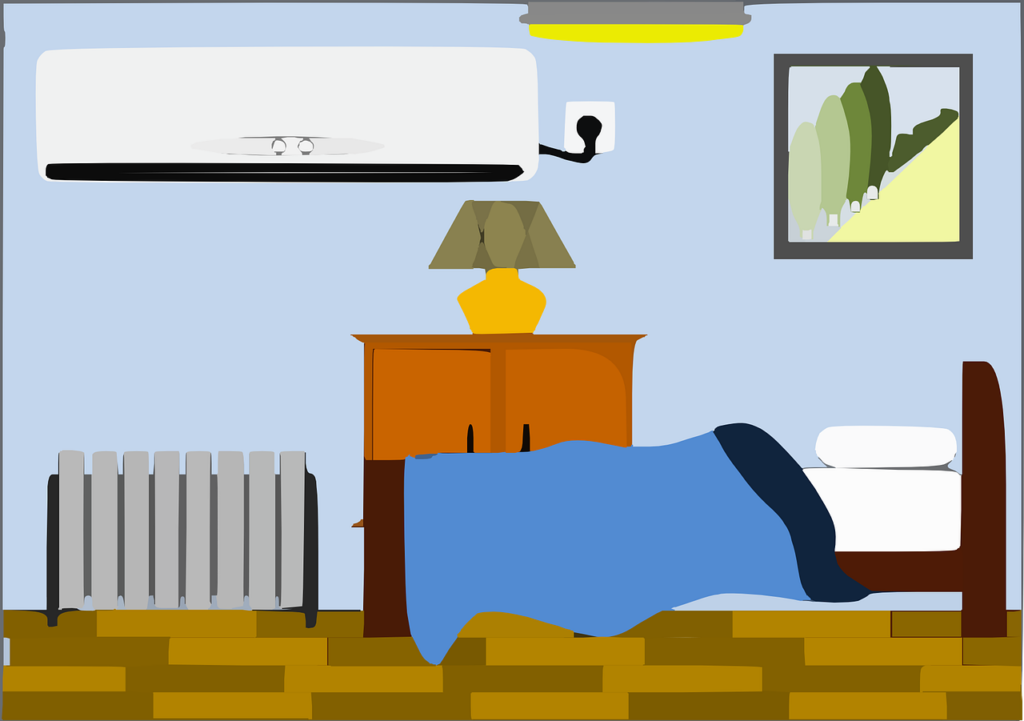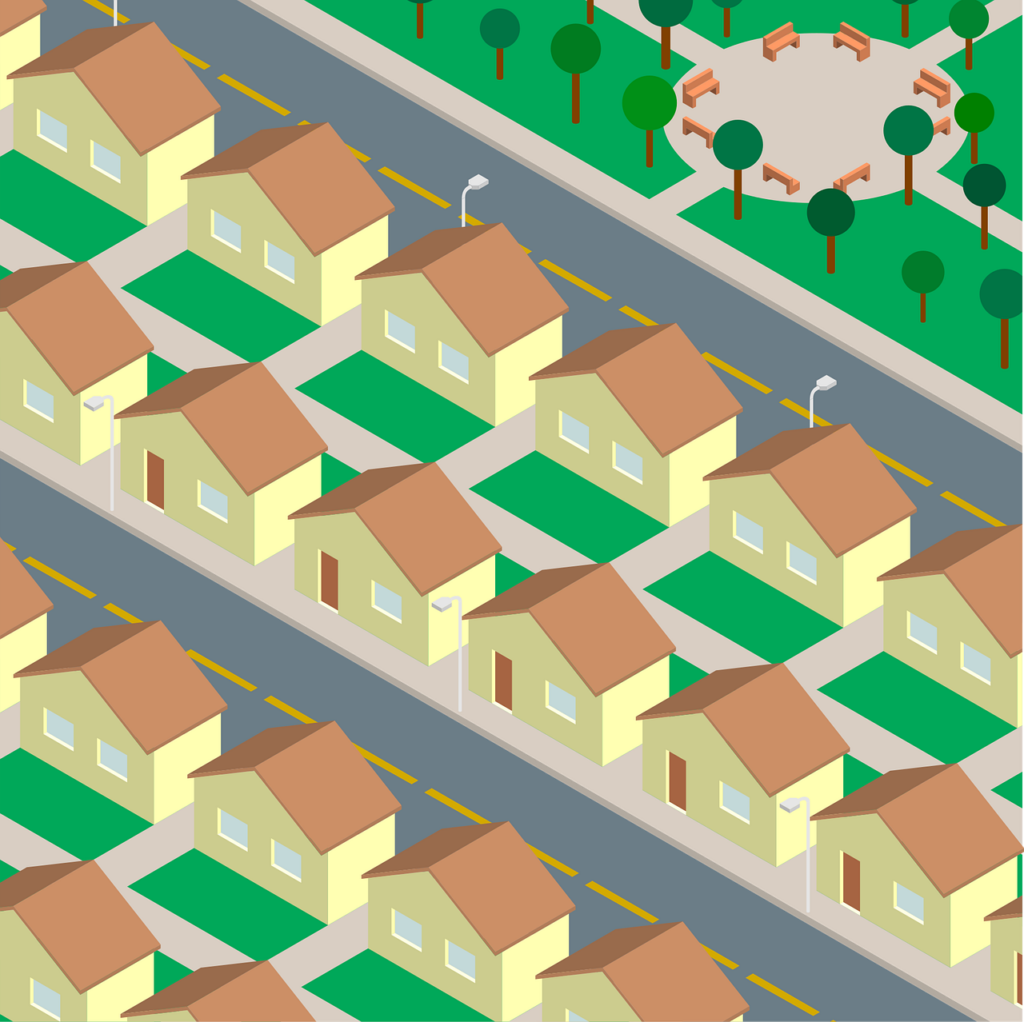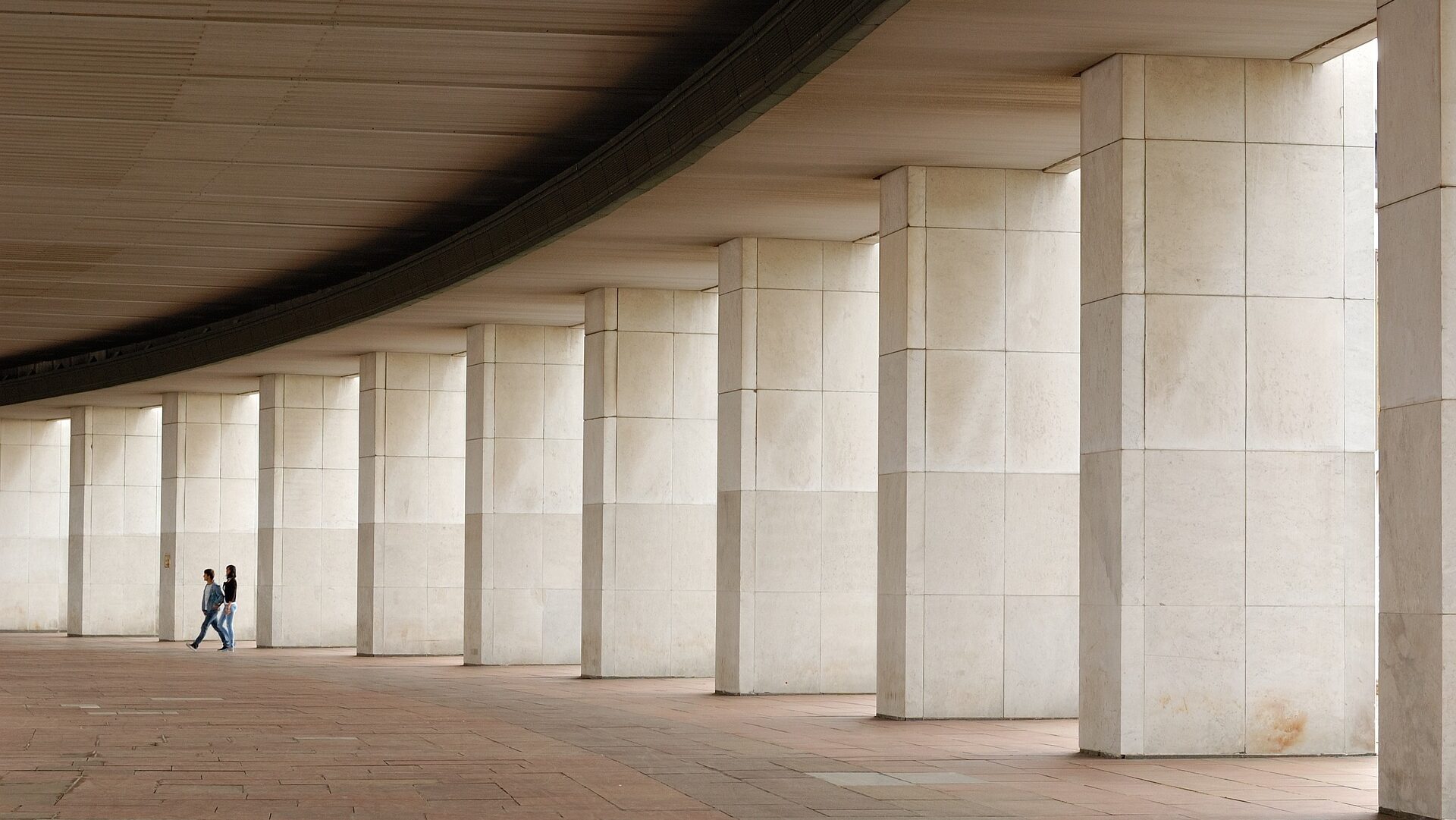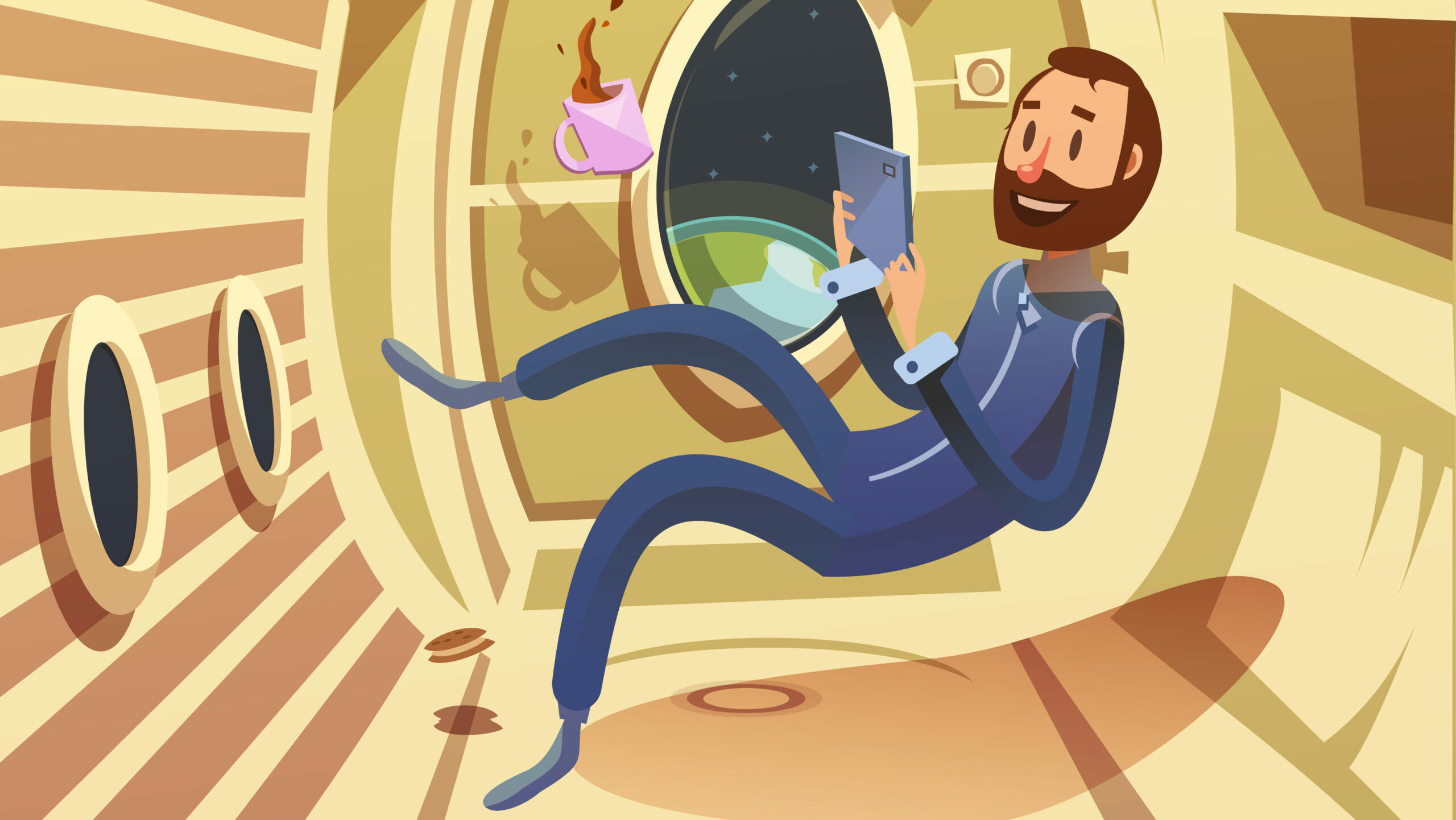Reading Time – 9 Minutes, Difficulty Level – 1/5
Your daily life and health depend on many things, like your family, where you live, and where you work or go to school. These are all part of what we call “social determinants of health” or SDOH. These SDOHs can be placed into 5 categories: 1.) money and stability, 2.) access to good education, 3.) access to good healthcare, 4.) your neighborhood and places around you, and 5.) your community and social connections. Learn more about social determinants of health here.
An important piece of the puzzle is where you live. Before the pandemic, about half of our time awake was spent at home. In 2020, this number increased to 62%. This does not count the time we spend sleeping. So, where we live can really affect how we feel mentally, physically, and even how we sleep, since we spend most of our time there. Some people have even said your zip or postal code can impact your health more than the genes you are born with. When we think about a good night’s sleep, we usually focus on things like a comfy bed and a quiet, dark room. But, when we look beyond just the bedroom, our neighborhood plays a big role in how well we sleep.
Neighborhood Disadvantage and Health
Let’s talk about why sleep is important and how where you live can affect it. First, let’s understand what it means to live in a neighborhood that is disadvantaged. A neighborhood is the area where you live, and the quality of a neighborhood depends on several factors. These factors include things such as safety, access to food and physical activity, environmental exposures, housing quality, and how stable the economy is.
Low-quality or disadvantaged neighborhoods may have more crime, people struggling with money, people who can’t find jobs, and not as many healthy food options. Studies show people who live in disadvantaged neighborhoods might face more health problems, including obesity, mental illness, asthma, diabetes, stroke, hypertension, or even drug use.
According to the recent U.S. Census Bureau, 24 million people in the U.S. live in disadvantaged neighborhoods. Some groups of people have a higher chance of facing health issues if they live in these neighborhoods. These include racial and ethnic minorities, women, families with only one parent, older adults, and children.

The Importance of Sleep to Our Health
Even before the pandemic, not getting enough sleep was a big problem that affected many people’s health. Recent research shows that more and more people are struggling with sleep. Sleep is as important as having food, water, and clean air. On average, we spend about 20-40% of our day sleeping, but the amount each person needs can be different from person to person based on their age, biological sex, or overall health.
Many things can affect the quality of our sleep, like our genes, how healthy we are, the way we behave and think about sleep, the environment we are in, or even what’s happening in society. When we don’t get enough sleep, it can harm our brain, our mental health, our body’s ability to use energy, and our immune system. Not getting enough sleep has also been linked to other serious health issues like inflammation, a higher chance of dying early, obesity, type 2 diabetes, heart problems, high blood pressure, cancer, and even car accidents.
Neighborhood Disadvantage and Sleep
Previous studies have found not getting good or enough sleep may be linked to living in a disadvantaged neighborhood. Now how exactly does your neighborhood affect your sleep? Think back to what makes a neighborhood good or not so good: safety, access to food and physical activity, environmental exposures, housing quality, and how stable the economy is.
Disadvantaged neighborhoods may have more crime. When there’s a lot of crime, you might need to be more aware of what is going on around you, and this may be stressful. This can make your body go into “fight-or-flight” mode. It’s like a natural way your body gets ready to react in a threatening situation. Your heart rate and breathing might speed up, and your muscles might tense up. Your body is preparing to fight or run from the threatening situation. During this time, your body also releases hormones called cortisol and epinephrine (also known as adrenaline) to deal with the stress. However, having too much of these hormones over a long period of time may have an impact on your sleep. So, constantly being on high alert due to crime and feeling unsafe in your neighborhood might lead to a lower quality of sleep.
If you live in a disadvantaged neighborhood, it might not be easy to find good places to exercise or play outside. Neighborhoods may have less access to gyms, parks, or green spaces, which encourage individuals to get physical activity or get outdoors. If there aren’t good sidewalks or none at all, and there’s more crime around, it might make people not want to be active outside. Physical activity can help regulate sleep-wake cycles by releasing a hormone called melatonin. Additionally, physical activity can lower stress and regulate body temperature. All of these things can help you fall asleep faster and sleep better. Not getting enough exercise can also cause weight gain, which puts you at risk for sleep problems.
Environmental Exposures – Noise, Air Pollution, Artificial Light, Temperature
Environmental exposures in neighborhoods, including noise, air pollution, artificial light, and temperature, to name a few, also may impact our sleep. Disadvantaged neighborhoods are more likely to have higher levels of air pollution from nearby highways or factories. Air pollution causes tiny particles to stay in the air. When we breathe in these tiny particles, they can go to our lungs and make it harder to breathe. This may lead to breathing problems and eventually could affect your sleep due to these breathing difficulties. Also, noisy highways, bright streetlights, and not having good heating or air conditioning in your home can make it uncomfortable to sleep at night.

What can be done to address this problem?
Addressing neighborhood disadvantages and their impact on sleep quality requires involvement from several key players. Future research should continue to explore the effects of neighborhood quality and sleep on health outcomes. Healthcare providers should also use screening tools at doctor’s visits with questions that ask about social determinants of health and a person’s sleep to find out those who may need help. This data can provide evidence that these health disparities exist, and guide policy changes and public health interventions. Policies to address neighborhood disadvantages include affordable housing programs, limiting the brightness of streetlights, enforcing quiet hours, and adding places like parks to the community where people can get outside.
Communities should also set goals to meet their own community needs, such as improving neighborhood safety, design, and housing conditions. You can be a part of making a difference by joining community advocacy groups to help address these disparities and work towards giving everyone an equal opportunity to live a healthy life. It is also important to recognize how important a good night’s sleep is for your health. Your neighborhood is just one piece of the bigger puzzle, several other factors may also play a role in how well you sleep. Be an advocate for your health and talk to your doctor if you are having any sleep problems.
References
- Yau N. How much more time we spent at home. FlowingData. Accessed February 27, 2024. https://flowingdata.com/2021/09/03/everything-more-from-home/#:~:text=Based%20on%20the%20American%20Time,our%20waking%20time%20at%20home
- Graham GN. Why your ZIP code matters more than your genetic code: promoting healthy outcomes from mother to child. Breastfeeding Med. 2016;11(8):396-397. doi:10.1089/bfm.2016.0113
- Healthy People 2030. Social determinants of health. Office of Disease Prevention and Health Promotion (OASH). Accessed February 27, 2024. https://health.gov/healthypeople/priority-areas/social-determinants-health
- Christie-Mizell CA. Neighborhood disadvantage and poor health: the consequences of race, gender, and age among young adults. IJERPH. 2022;19(13):8107. doi:10.3390/ijerph19138107
- Billings ME, Hale L, Johnson DA. Physical and social environment relationship with sleep health and disorders. Chest. 2020;157(5):1304-1312. doi:10.1016/j.chest.2019.12.002
- Chattu V, Manzar Md, Kumary S, Burman D, Spence D, Pandi-Perumal S. The global problem of insufficient sleep and its serious public health implications. Healthcare. 2018;7(1):1. doi:10.3390/healthcare7010001
- Grandner MA. Sleep, health, and society. Sleep Med Clin. 2017;12(1):1-22. doi:10.1016/j.jsmc.2016.10.012
- Alnawwar MA, Alraddadi MI, Algethmi RA, Salem GA, Salem MA, Alharbi AA. The effect of physical activity on sleep quality and sleep disorder: a systematic review. Cureus. Published online August 16, 2023. doi:10.7759/cureus.43595
- Lathan N. 50 years after being outlawed, redlining still drives neighborhood health inequities. University of California. Published September 28, 2023. Accessed March 1, 2024. https://www.universityofcalifornia.edu/news/50-years-after-being-outlawed-redlining-still-drives-neighborhood-health-inequities
- Nahmod NG, Master L, McClintock HF, Hale L, Buxton OM. Neighborhood disadvantage is associated with lower quality sleep and more variability in sleep duration among urban adolescents. J Urban Health. 2022;99(1):102-115. doi:10.1007/s11524-021-00570-x

Samantha Winders holds a PhD in Nursing Sciences from the University of Florida. As a nurse scientist, she is dedicated to advancing symptom management and enhancing scientific communication. Her research is centered around chronic illness, sleep, and biomarkers.








